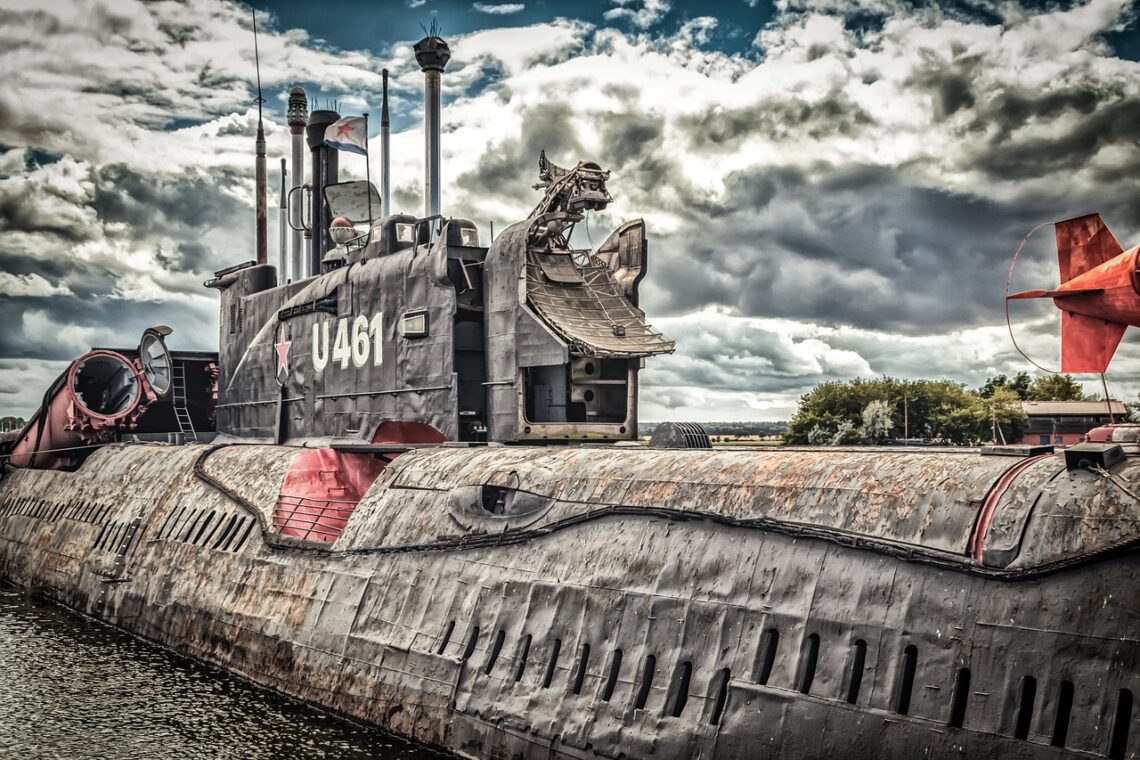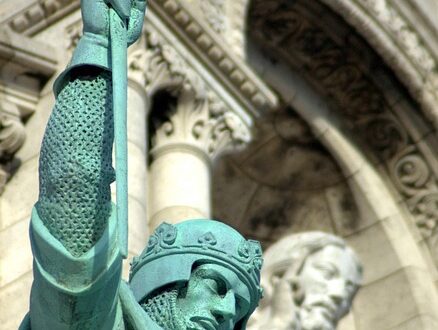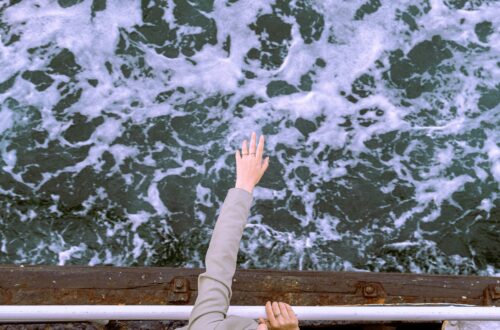It was January 9, 1942, at precisely 2 a.m., when an earthquake-like rumble was felt in the Outer Banks village of Avon and its surroundings. What looked like a mighty orange ball of fire could be seen from miles away. Tall black smoke clouds tinted the stars and further darkened the night.
Just seven miles from Avon, the 337-foot-long United States cargo ship known as the city of Atlanta had just been hit by a German U-boat, causing it to sink and killing three out of the forty-seven men aboard the ship. The same German U-boat also attacked two more ships a few hours later, less than six weeks after the bombing of Pearl Harbor by the Japanese. America’s East Coast felt the effects of WWII.
It would not be the first time, as, during WWI, three ships were sunk off the Tar Heel coast by three German U-boats in what most consider a show of German naval power.
But by 1942, the German U-boats were faster, bigger, and more ruthless. This time, their presence in America’s water was not merely to show off but to help Germany win World War II.
The word U-boat means submarine or an undersea boast and comes from the German word unterseeboot. In truth, however, the German U-boats were not real submarines but rather warships that spent the majority of their time on the surface of the water and could only go under the waterline for a brief time, usually either to evade attacks from enemies or to launch an attack. They are also submerged to stay clear of bad weather. A U-boat could only move a distance of about sixty miles in water before it needed to resurface to get air. They usually attack ships on the water’s surface, not under, with the help of deck-mounted weapons and guns. Fifty men often operate a U-boat. The boats usually carried about fifteen self-propelled bombs, about twenty-two feet long. They could travel as far as thirty miles an hour. Experts say that the U-boat is among the most efficient and seaworthy warships ever created.
A few hours after the attack of the U-boat near the village of Avon, the results were evident within hours as debris and oils began to wash up to the shores and beaches, and this repeated itself from time to time. Within six months, those in the Gulf of Mexico and the East Coast witnessed at least sixty-five American and British ships attacked by German U-boats. They mainly were cargo ships transporting needed supplies to allies in Europe. These ships contained gasoline, oil, citrus products, vegetables, lumber and steel, aluminum needed to build aircraft, rubber required for tires, and cotton for clothing. By July of the same year, about 397 ships had been wrecked or sunk, and more than five thousand people were killed.
The German U-boats concentrated more on North Carolina’s Outer banks, where there were several movements of ships daily. It attacked so many boats that the waters near the Cape Hatteras were nicknamed “Torpedo Junction.”
As the U.S. military and government didn’t want its citizens panicking, news of the attacks was kept secret. Many had no idea of the happenings and how bad they were, but this was not so for the families living in these vicinities and feeling the impacts of an actual war.
Explosions rocked Outer Banks homes during the day and at night. It made residents afraid for their lives and robbed them of sleep as their homes shook, creating cracks in the walls. Despite all this, the people of Ocracoke had no choice but to live a relatively everyday life as they got used to it over time. The people had to let go of their favorite pastimes to survive. They gave up swimming as the water was filled with oil. An estimated 150 billion kegs of kerosene had spilled into the sea and along the beaches of the Outer Banks during World War II.
They were suspicious of strangers, fearing they might be German spies attempting to sneak ashore. It was a scary time for the residents. For the first time, they began locking their doors at night. Little by little, the activities of the U-boats stopped as the U.S. Navy, U.S. Coast Guard, and the aircraft of the Army Air Corps began increasing their patrols on the Outer Banks and halting the attack of the U-boats. Blimps from Elizabeth City searched for the U-boats from the air. The military rose up to the challenge. They set up classified submarine tracking facilities at villages like Ocracoke to enable them to detect passing U-boats.
Citizens living along the coast were asked to turn off their lights at night and put black tape over their car headlights so that the light onshore would not aid the German U-boats in finding their way in the darkness. The government, however, waited until August 1942 before it declared a general blackout. By then, the attacks by the U-boats were almost at an end.
The American Navy fought a German U-boat for the first time on American waters on August 14, 1942. It sank the U-boat 16 miles southeast of Nags Head. This would mark the beginning of many victories for America as, within a few months, many more U-boats were sunk, much to the frustration of the commander of the German U-boats, who redirected the remaining boats to the Mediterranean Sea and Atlantic Ocean.





